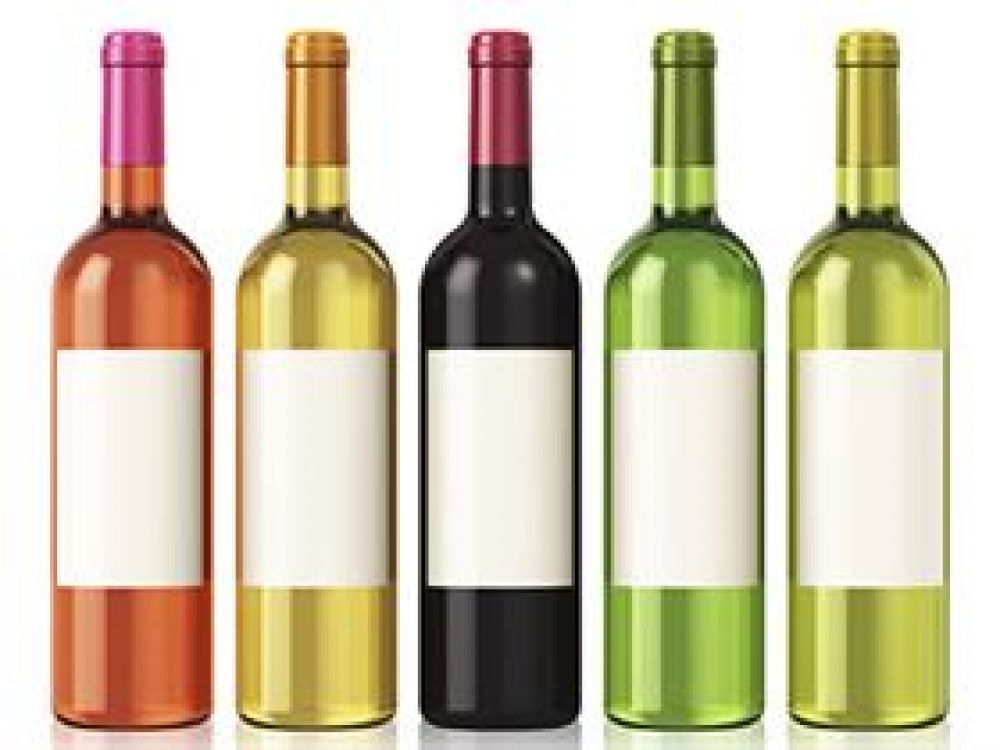Sommeliers Choice Awards 2024 Winners
Australian Wine Exports Grow 10%
The Wine Australia Export Report June 2017, Released on July 19, Shows that Australian Wine Export Value Increased by $201 million (10%) in 2016–17 to $2.31 billion

Australian wine export value increased by $201 million (10%) in 2016–17 to $2.31 billion, and is underpinned by strong export growth to China and the United States of America (US).
Australia is the world’s fifth biggest exporter of wine – behind France, Italy, Spain and Chile. In 2016–17, Australia outperformed each of the four larger exporters in its rate of export growth.
Wine Australia Chief Executive Officer Andreas Clark said, ‘Pleasingly, nearly all price points experienced growth and there were benefits for exporters in all segments of the market.
‘The strongest growth was in more premium wines, with all price segments of $10 per litre FOB and above experiencing growth, and the strongest rate of growth for wines $30–49.99 per litre FOB.
‘There were a record 1997 exporters last financial year and 69 per cent contributed to the total increase in value shown.
‘An interesting development from last year was the growth in the carbonated wine category, which includes varieties such as Moscato. Exports more than doubled to $30 million. The United States was the destination for 35 per cent of the carbonated wine exports, with mainland China (15 per cent) and Japan (14 per cent) the other major destinations’, he said.
Handpicked Wines Export Director James Hunt, said the company’s success in Asia came through hard work and ensuring brand equity across the region while also recognising that each market and its culture was unique.
‘This is built on the back of tight brand guidelines, frequent market visits, engaged activity and communication with all levels of the distribution chain. In particular, the importers and distributors are educated to manage the message and value chain through to the consumers.
‘As the business grew we found the need to employ within the region to maintain the brand values and ensure the message was consistent across the region, particularly with local websites, trade material and social media accounts’, Mr Hunt said.
Figure 1: Exports of wine by price segment
|
Price segment (A$/litre FOB) |
Value 2017 |
Added value |
Growth rate |
|
$2.49 and under |
$479,510,414 |
$70,017,530 |
17% |
|
$2.50–$4.99 |
$799,088,413 |
$18,850,951 |
2% |
|
$5.00–$7.49 |
$296,709,604 |
$25,906,752 |
10% |
|
$7.50–$9.99 |
$139,693,360 |
($7,180,773) |
-5% |
|
$10.00–$14.99 |
$179,745,991 |
$26,249,683 |
17% |
|
$15.00–$19.99 |
$84,061,109 |
$5,135,319 |
7% |
|
$20.00–$29.99 |
$89,166,638 |
$18,676,696 |
26% |
|
$30.00–$49.99 |
$68,817,183 |
$28,288,565 |
70% |
|
$50.00–$99.99 |
$120,464,165 |
$1,858,507 |
2% |
|
$100.00–$199.99 |
$13,262,790 |
$4,003,127 |
43% |
|
$200.00 + |
$38,668,840 |
$9,396,118 |
32% |
|
Total |
$2,309,188,508 |
$201,202,476 |
10% |
Exports by region
Australian wine exports to most regions recorded growth in 2016–17, except for those to Europe, which declined by 1 per cent to $568 million, and Oceania, which fell by 1 per cent to $87 million.
Exports to Northeast Asia continued to drive growth, with their value increasing by $178 million (29 per cent) to a record $797 million. Southeast Asia was the next biggest growing region with exports increasing by $20 million (14 per cent) to a record $162 million. Exports also grew to North America by $5 million (1 per cent) to $651 million, and the Middle East by $3 million (18 per cent) to a record $22 million.
Greater China
Greater China (mainland China, Hong Kong and Macau) has been at the hub of the revival of Australian wine exports.
In 2016–17, exports to Greater China increased by 33 per cent to $721 million. The implementation of the China–Australia Free Trade Agreement (ChAFTA) at the end of 2015 has provided impetus to an already strong market.
Hong Kong is a vital trading hub with important distribution links to mainland China. Some imported wines in Hong Kong are re-exported to other Asian destinations, with 95 per cent of re-exports going to mainland China and Macau. Hence, not all Australian wine exported to Hong Kong is consumed in the country. ChAFTA, which is reducing import tariffs for Australian wine into China over time, has meant that less wine destined for mainland China is routed through Hong Kong, which has contributed to a decline in exports to Hong Kong.
Figure 2 illustrates how this trend began when the Declaration of Intent was signed and has since continued.
Figure 2: Exports to Greater China, mainland China vs. Hong Kong

Mainland China’s position as the number one destination for Australian wine exports by value was consolidated in 2016–17. Exports grew by 44 per cent in value to $607 million.
Bulk wine exports more than doubled to $37 million but the bulk share of exports is low at 6 per cent. Bottled wine exports also grew strongly, up 41 per cent to $568 million, representing a 94 per cent share. Mainland China accounts for 40 per cent of all Australian wine exports priced at $10 per litre FOB or more.
By value, Australia holds a 24 per cent share of wine imported by mainland China, behind only France with a 41 per cent share. However, Australian wine exports are growing at much faster rates than most major competitors.
In 2016–17, the value of exports to Hong Kong declined by 8 per cent to $114 million and volume declined by 15 per cent to 8 million litres, but the average value of exports to Hong Kong increased by 8 per cent to $13.88 per litre FOB. Hong Kong has the highest average value among the top 50 destinations to which Australia exports and 77 per cent of exports to Hong Kong are valued at $10 or more per litre FOB.
Australian wine will take centre stage at Vinexpo Hong Kong 2018 as the Country of Honour. Vinexpo Hong Kong is the key trade-only wine and spirits exhibition in the Asia Pacific region. The invite-only event attracts top decision making importers, buyers and sommeliers, and provides a forum for education and trade networking.
United States of America (US)
In 2016–17, exports to the US increased by 3 per cent to $464 million – the highest value since 2011–12. The overall increase in value was driven by white wine exports, up 3 per cent to $181 million, and carbonated wine (mainly Moscato) increasing 10-fold to $11 million in value.
The US is the largest destination for Australian Pinot Grigio exports, accounting for over three-quarters of the category’s exports. Pinot Grigio exports grew by 16 per cent to $24 million last year.
The positive trend towards Australian premium wines in the United States continued. Exports at $10 per litre FOB or more increased by 21 per cent to $43 million.
United Kingdom (UK)
The UK remains the number one destination for Australian exports by volume; more Australian wine is shipped to the UK than any other market.
Overall, the total value of exports to the UK declined by 7 per cent to $341 million. However, there was very strong growth in exports at the high-end of price points, exports at $10 per litre FOB or more grew by 13 per cent to $28 million.
Elliot Awin from wine importer Awin Barratt Siegel Wine Agencies said ‘Our focus is supporting the independent trade, where we see a real resurgence in interest for Australia across the pricing spectrum. Independent merchants are rotating ranges regularly with an eye to the new, modern Australia, preferring wines with a real story or point of difference; many will preference purchasing from winemakers with whom they’ve met. Whether it be small batch single vineyard wines, traditional method sparkling wines or “alternative varietals” from small producers, there is a growing thirst for these products. Winemakers pushing the boundaries away from tradition have also seen success.’
Australia’s top five export markets accounted for 74 per cent of the value of Australian exports
- Mainland China – $607 million ?44%
- US – $464 million ?3%
- UK – $341 million ?7%
- Canada – $186 million ?5%
- Hong Kong – $114 million ?8%.

Read More at source: Winetitles









